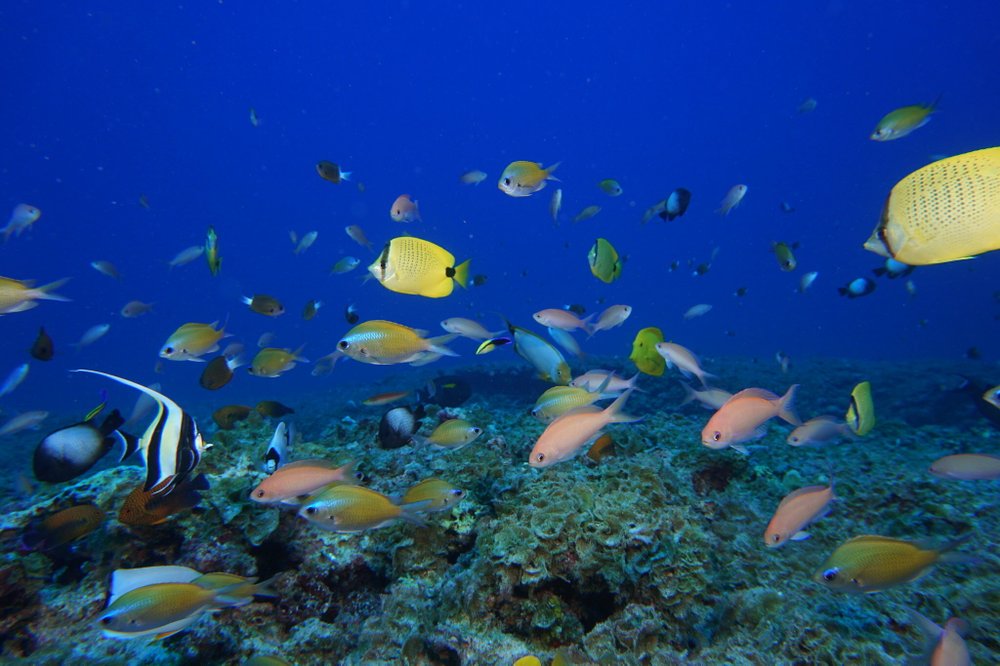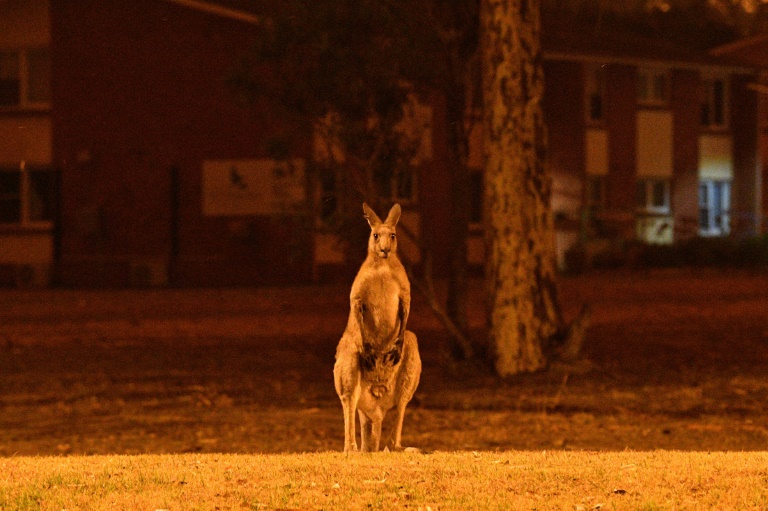Harmony between man and nature and respect for indigenous cultures is the philosophy inspiring the work of Gabriel "Gaby" Mikhail, an Egyptian eco-architect, wildlife photographer and creator of “Egypt’s wilderness”, the country's first natural history channel on YouTube.
Mikhail devoted his life to raise awareness of the value of the natural world, combining an innate talent for photography and directing with scientific knowledge to make Egypt’s heritage accessible to a large public.
After earning a bachelor's degree in architecture in Cairo and then a master's from Ohio State University in the 1980s, he worked in the US for 15 years, where he became member of the American Institute of Architects and planned residential and commercial spaces with a variety of styles.
He returned to Egypt in 1997 to escape what he calls "a boring job” and decided to pursue his lifelong interest in preserving the environmental, historical and cultural heritage of Egypt.
“I became interested in landscapes and eco-architecture by coincidence while researching for my thesis during my master's in science,” Mikhail explains. During his trips to protected areas, the eco-architect discovered his passion for the “other Egypt” that is adventurous and more difficult to reach, and the Egyptian culture outside the Nile Valley.
Mikhail founded the company Image House in 1997 to document environmental and cultural issues in Egypt and to raise public awareness through architectural projects in protected areas, photography exhibitions and videos shot in the most inaccessible places in Egypt.
“Since I had some photography skills, I started taking pictures and film footage of the sites where I traveled for my personal interest,” he said of his amateur hobby, which eventually resulted in a library of 25,000 photographs.
Many of his images have been used for exhibitions and in publications, such as the book Egypt’s Wilderness, published in 2003, and his YouTube channel of the same name.
The “Egypt’s Wilderness” channel features videos in English and Arabic that focus on protected and difficult-to-access areas, environment, culture and architecture “to explore, document and raise awareness of the natural and cultural heritage and to advocate conservation and sustainability,” as Mikhail explains on his website.
“I shot my first documentary in 2002 with a small camera and no equipment; it had a good script, though, so it received positive feedback. Now I have posted over 20 documentaries on my YouTube channel,” Mikhail told Al-Masry Al-Youm.
He originally shot the documentaries for various organizations, such as the Egyptian Ministry of Tourism, the Egyptian-Italian Environmental Cooperation Programme and the Egyptian Environmental Affairs Agency, which sponsor and support the production of the documentaries for use in public awareness campaigns.
Mikhail posts the videos on YouTube to reach a bigger audience in Egypt and abroad, as the distribution planned by the sponsor organization is often limited.
“I’ve received a lot of positive feedback, especially from Egyptians who are excited about seeing their country in a different angle, which usually remains uncovered,” he said.
Mikhail typically films in a location for up to three weeks to collect footage for future use.
“For some videos, however, you need gazelles, snakes, wolves, foxes, but you can’t look for all these creatures in a short time,” Mikhail said. “So, I have the library I’ve collected over these years and when I need a part I take it from there and include it in the documentary.”
Mikhail is in charge of all the aspects of the documentary including shooting, editing, photography and writing the script, and can count on the support of distinguished Egyptian and international herpetologists (amphibian specialists), zoologists, botanists, biologists and geologists who act as consultants.
Asked about the possibility of translating his online channel to television, he said Egyptian channels are not interested in these kinds of documentaries.
"There was one program, which used to be broadcast on Egyptian TV on Friday some time ago and was called ‘Animal's World.' It was successful but it was the only one,” he said.
“On my YouTube channel I don’t speculate on the future, but I wish someone could do that in the future; it could be commercially very valuable. Many channels abroad are doing a good job but they don't cover the Arab countries nor the north of the Sahara in Africa because those areas are a bit more dangerous for foreigners and difficult to reach.”
In about a month, the architect/explorer will post a new documentary on The White Desert National Park, sponsored by the United Nations Development Program, the Global Environmental Facility Small Grants program in Egypt and Friends of the Environment and Urban Planning in Farafra NGO.
Although it hosts a limited number of documentaries, Mikhail's "Wilderness Channel" is providing a window – however small – into otherwise inaccessible areas that are filled with history and biodiversity.




